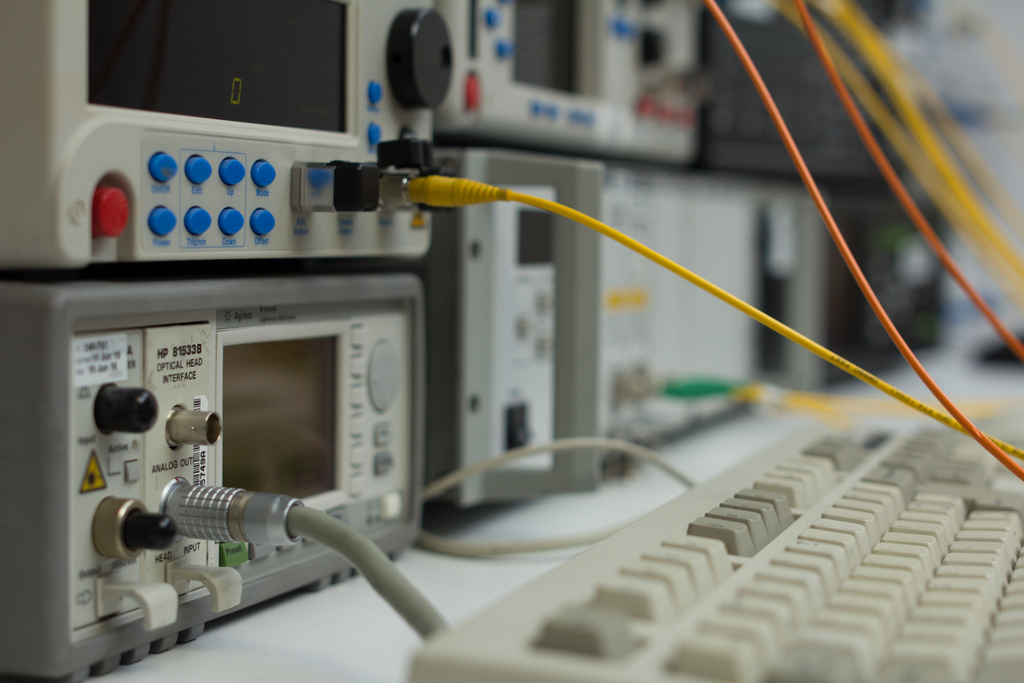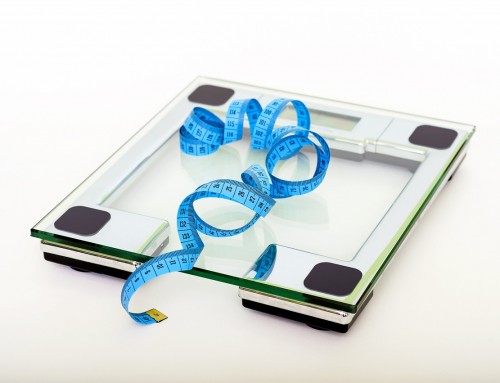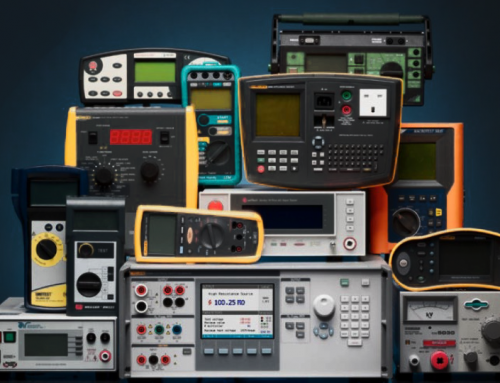There is no disputing that calibration plays an important role in the proper maintenance of test and measurement equipment. But to a lot of people out there, it can also be a bit confusing.
Quite frequently I get calls from clients asking if they should have their equipment calibrated and how often. Or more frequently…why did my piece of equipment fail calibration and when did that happen? All of these questions are relevant and to be honest, some questions we can answer and some we cannot.
“Should I have my equipment calibrated?”
As we have already determined, calibration plays a very important part in the life of a piece of measurement equipment. If your facility has a quality management system in place (Such as ISO/IEC 17025, ISO 9001, etc.) then calibration is necessary. Depending on the role your measurement equipment plays in a manufacturing facility, you would want to be aware if the equipment is functioning correctly and accurately. As an example, a client who uses torque wrenches for the installation of wheel nuts on trucks will want to be confident with the torque settings on the wrench. Proper calibration can provide that confidence and reduce risk.
“How often should my equipment be calibrated?”
This is a question which we will typically ask the client “How often do you use this equipment and how does it impact your testing or manufacturing?” Most OEMs generally recommend equipment be recalibrated on a yearly basis. In addition to that, a yearly schedule often fits well with a company’s annual budgeting for such actions. If the equipment plays a critical role in your day-to-day operations and testing, you may want to have it calibrated more often to maintain confidence. If an item is used once every two years, you may wish to lengthen the calibration cycle.
History on a piece of equipment can also help with this decision. If you have properly maintained a piece of equipment for many years and the values are stable and show no concerns, you may wish to extend the calibration cycle and have it tested less frequently. Likewise, if a unit shows a history of drifting measurements, you may wish to calibrate it more often or even retire it.
Suggestions can be offered, but in the end, it is truly up to the client how often they wish this equipment be calibrated.
“Why did my piece of equipment fail calibration and when did that happen?”
These are common questions and to be honest, can be extremely difficult, if not impossible, to answer. It should be noted that calibration is essentially “a snapshot in time”. When a calibration is performed, it is done under the most ideal conditions we can offer; whether this is within our own controlled laboratories or onsite at a client’s facility under the typical instrument operating conditions. The values we provide on the Test Data Sheets indicate what we recorded at the moment the instrument was tested. We cannot guarantee that the instrument will stay within tolerance for the entire calibration interval.
That last statement is important to note…if an item is found to be Out of Tolerance (OOT) during testing, we cannot determine when those values changed or drifted. We can only indicate at the time we tested the equipment that these were the values we obtained. The good news is that on well-maintained equipment, only about 15% of instruments give OOT conditions and this includes instruments that require obvious repair work.
As to “why” instruments fail, the list can be long but may include equipment handling, age, usage and type. As to “when” instruments fail, this is tied closely to “why” and can be very difficult to determine. For instruments used in process-critical applications, it would always be wise to have some kind of control checks in place to sample process outputs for proper values.
Final Thoughts…
Becoming educated on calibration and what is involved is very important. Understand how the equipment is being used and its role in the applications. Most importantly, ask questions! The more you can understand about calibration, the better prepared you will be…especially when faced with questions from auditors.
Remember, while suggestions can be offered, clients are ultimately responsible for the maintenance of their test equipment.
Related links:
Written by Penny Leimbrock, Technical Manager for Pylon Electronics Inc – Mississauga.
26 Apr 2017





